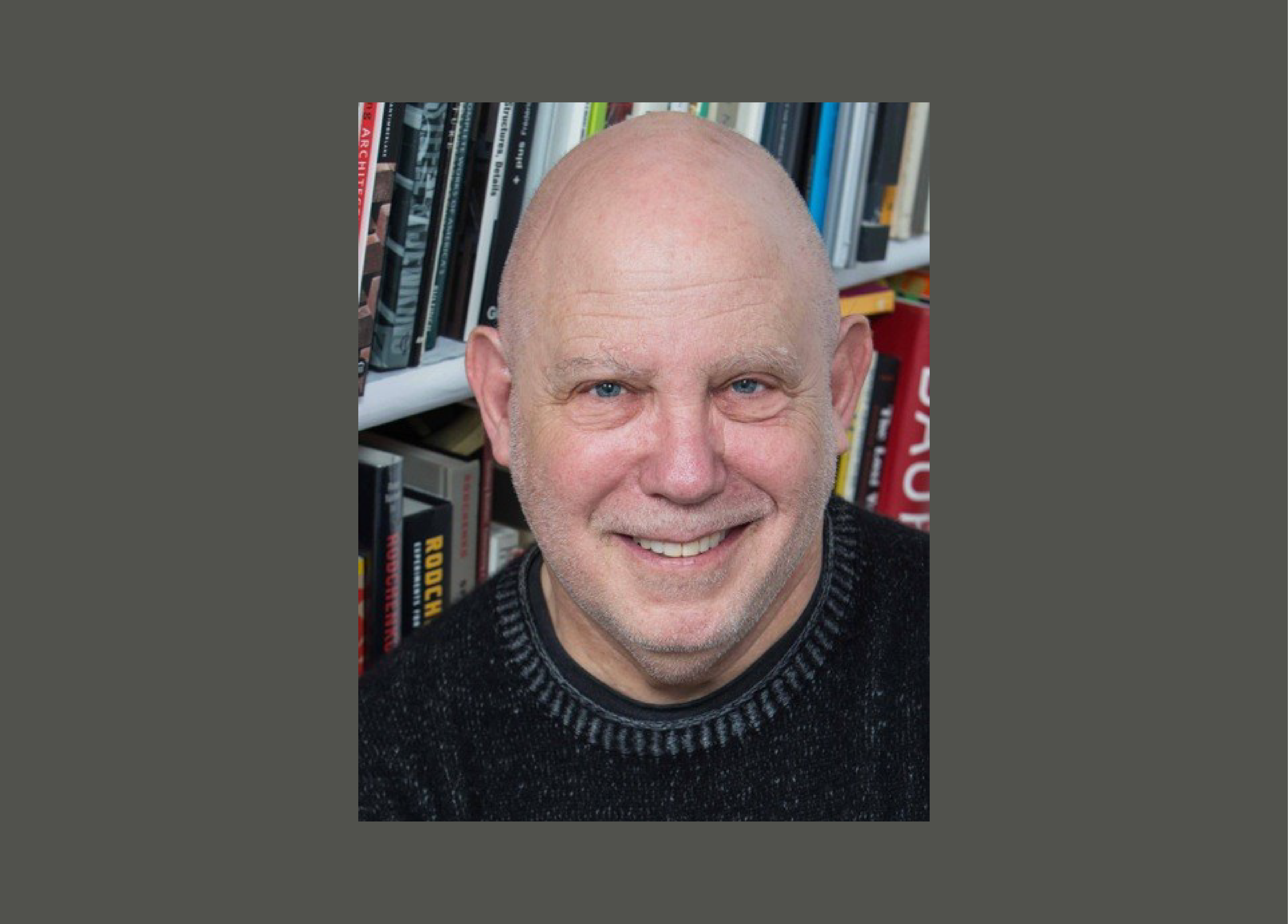After teaching at Harvard and at Washington University in St. Louis, Edward M. Baum was appointed dean of the School of Architecture at the University of Texas at Arlington, where he helped lead the school to national recognition in design.
Known for work in modern architecture, Baum was a natural fit for Urban Commons, where he has designed three of our low-impact, design-forward homes. Learn how Baum defines sustainability below.
Tell us a little bit about your work background; what project are you most proud of?
My background combines parallel professional and academic careers. After teaching at several leading universities, I was delighted to come to Dallas-Fort Worth as dean of the School of Architecture at UT–Arlington. I found DFW the most rewarding place to practice, as well as to teach. People here love modern architecture.
There are two projects I’m most proud of, each very different. First is the Dallas Police Memorial overlooking City Hall Plaza (done with J. P. Maruszczak). Second is a series of prototype courtyard houses built in the Oak Lawn area. Both projects received national design awards; the housing has been featured in leading European architecture publications as well.
What projects in your career have led you to work on Urban Commons?
My approach to housing, particularly urban housing, was shaped by great teachers and great architects — teachers like Serge Chermayeff and Jerzy Soltan at Harvard and the Spanish modern pioneer, José Luis Sert, with whom I worked. More directly, the Oak Lawn courtyard houses served as a demonstration for many ideas. An unbuilt project, Prototype Housing for Modest Means (which received an American Architecture Award), contributed much to my thinking about the relations between cost and the quality of design and construction.
When it comes to modern architecture and sustainable design, what do you find that inspires your design the most?
In sustainable design—as in all design—my inspiration comes from facts, the realities of the situation. Facts about the owners and residents, the setting and site, and the facts about both the value and the costs of materials and systems. And now the economy of energy shares primary importance with the economy of dollars.
How do you think Urban Commons represents the future of urban living?
American housing is characterized by the tension between environmental, financial, and social advantages of density on the one hand, and the demands of the automobile on the other. We are a car-based culture. So the task is to find a positive balance between how we live and how we move around the city. Urban Commons, with its attractive and efficient compact housing along with its graceful accommodation of the car can serve as a model.
What acts of sustainable living do you find important?
Sustainable living means much more than reducing the impact on the ecosystem that sustains us all. It means a flexibility in the plans, allowing different patterns of use and family make-up to live comfortably. Sustainable also refers to the dwelling’s capacity to be personalized, to reflect changing occupants and their values.
What intention or impact are you hoping comes from designing sustainable homes?
People accept change and new ideas if they experience them, if they physically see new models. We need examples of sustainable homes and neighborhoods in order that people recognize and welcome more sustainable—and affordable—ways of living.
What was an unusual challenge presented by this project and how did you overcome it?
Rather than follow the familiar slogan, “Less is more,” make dwellings that offer, “More for less.”
What excited you the most about creating homes for Urban Commons?
The prospect of making a real contemporary neighborhood.
Do you have a specific design ethos when it comes to modern architecture that you feel the new home buyers will be excited about your design?
I hope the new home buyers will be attracted to the strongly contemporary planning and construction, but equally to familiar housing features like a generous front porch, a well-lit stair, and including plants as part of urban living.
What’s the number one thing you would like potential homeowners to know about your homes?
That they are pleasant to live in.

